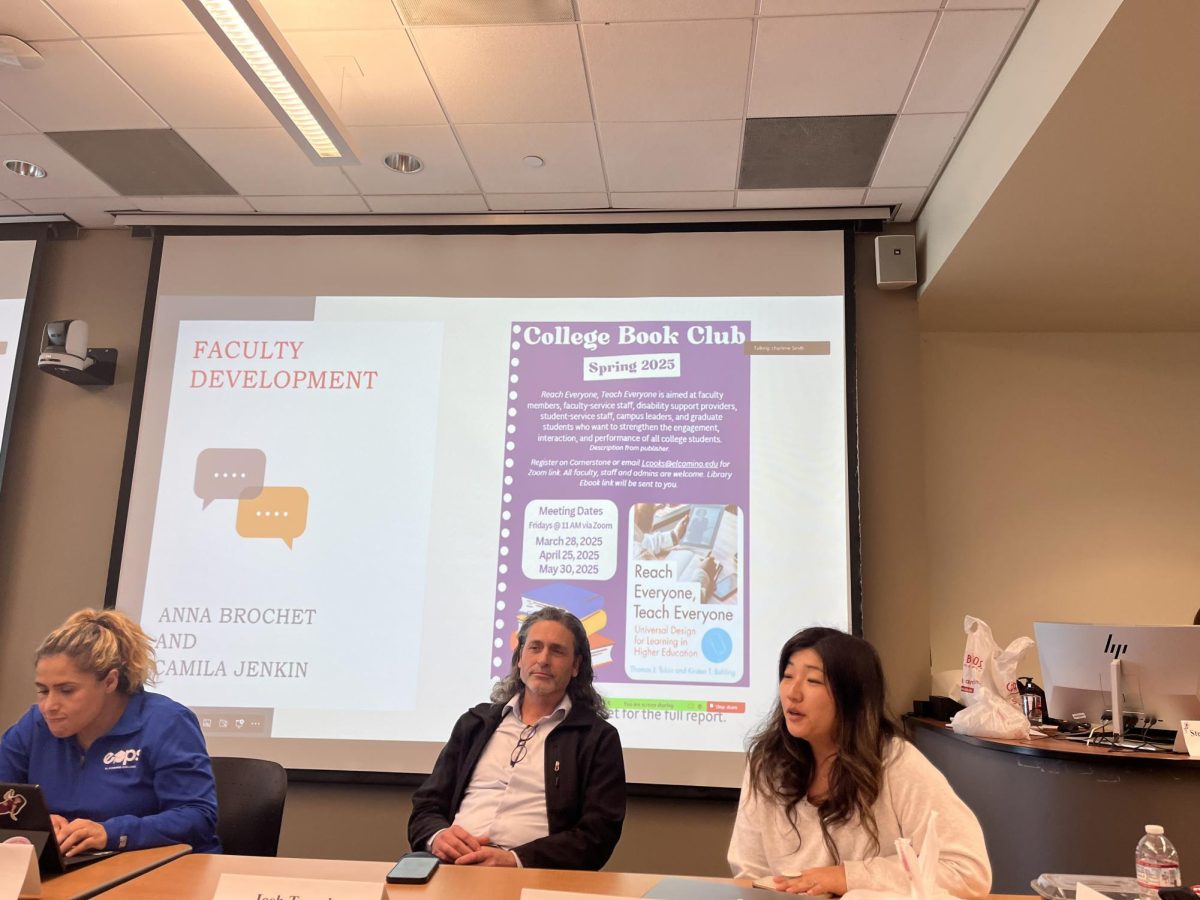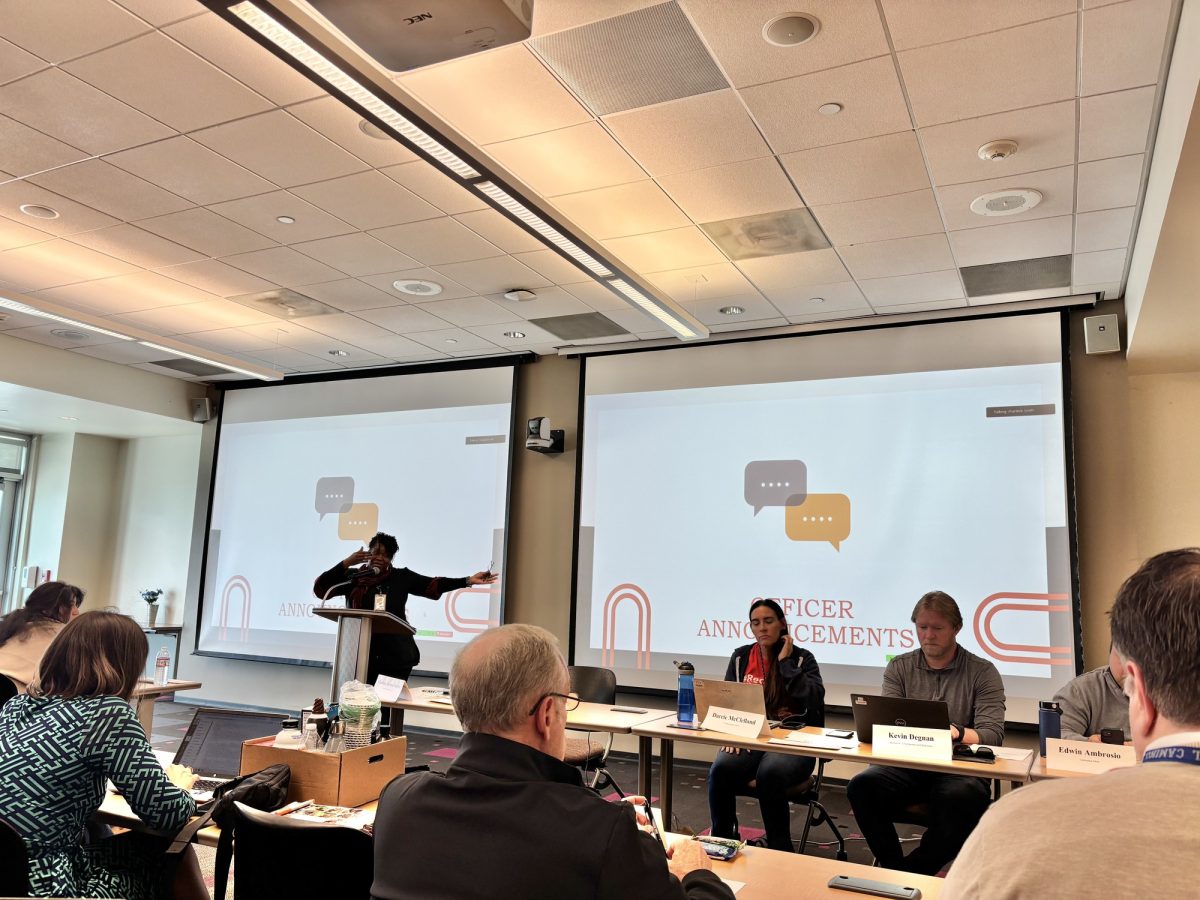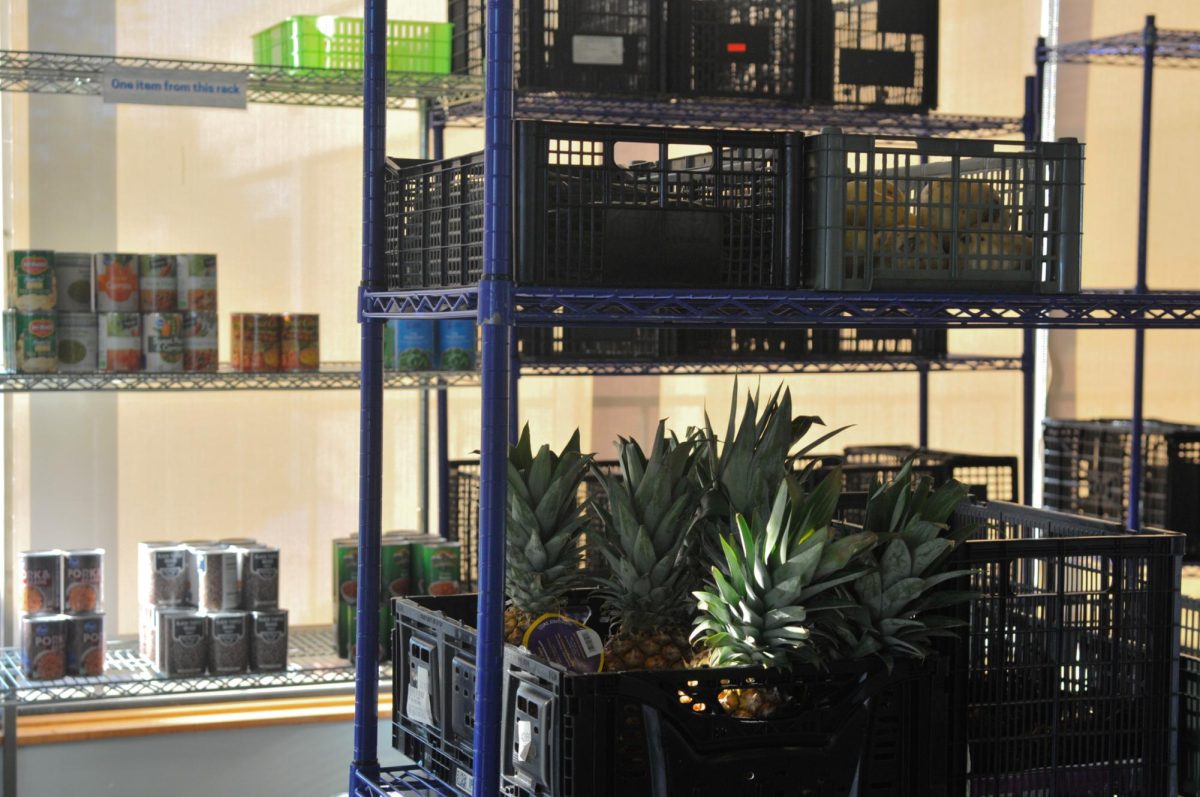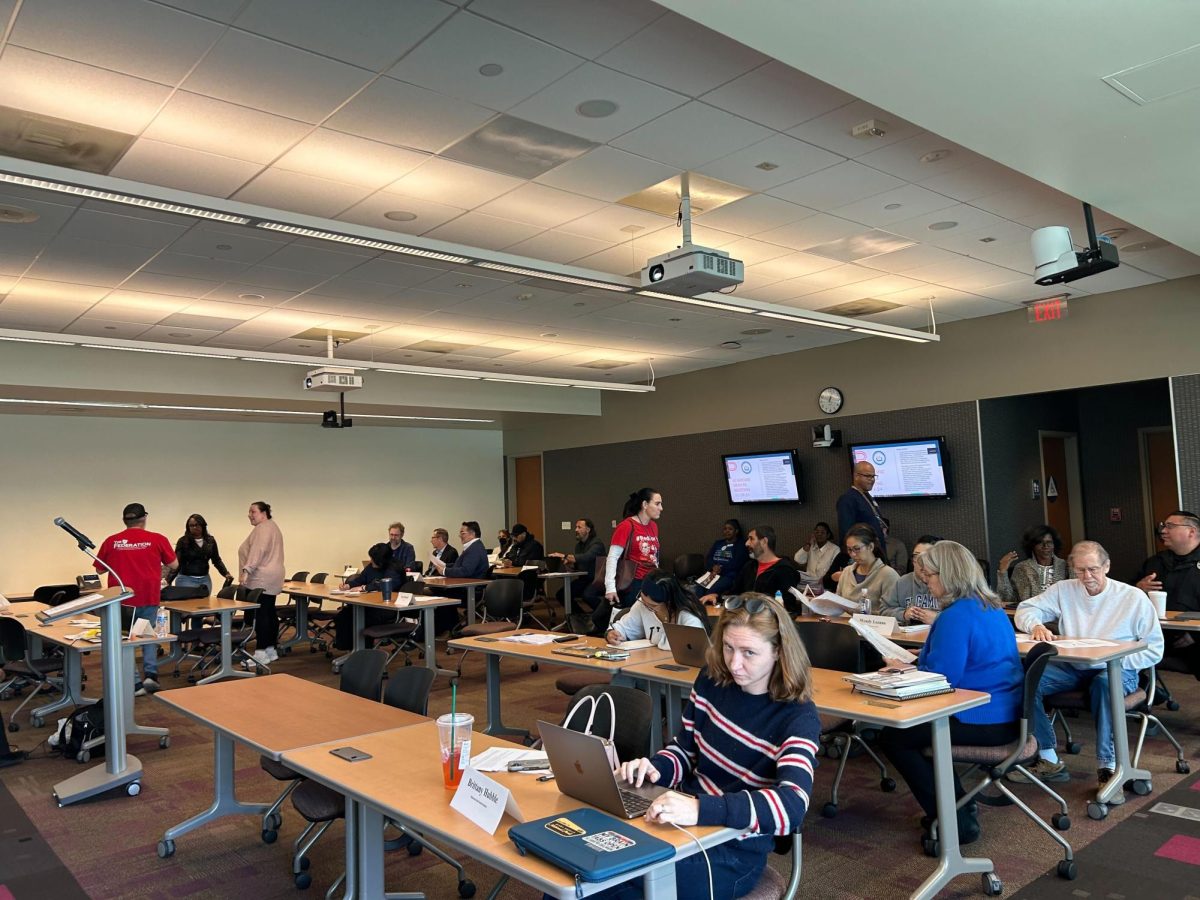After juggling working as a teacher’s assistant and being a student, an El Camino College English major had to drop his English and sociology classes this semester to accommodate his work schedule.
Alexis Calderon, 19, said maintaining a work-life-school balance was “overwhelming.”
He is not alone.
In fall 2023, there were 5,837 course withdrawals at El Camino. Some students withdrew from more than one course.
The main reasons for course withdrawals were mental health, falling behind, family obligations and employment hours, El Camino Student Services research analyst Marci Mojica said.
These causes accounted for 63% of course withdrawals, according to data Mojica collected from surveys sent out to students asking why they dropped a class.
Viviana Unda, director for El Camino’s Office of Institutional Research and Planning, said El Camino conducted a student survey last fall that revealed similar reasons for students dropping out.
The top three reasons students withdrew were prioritizing work, not being able to keep up with the class and mental health.
El Camino’s course retention rate was nearly 5% less than the statewide average for fall 2023, which is about 88%. A course retention rate is the percentage of students who finish courses with a letter grade.
Other California community colleges, including Cerritos College, Rio Hondo College and Riverside College, also fell below the statewide average.
With a rate of 91%, Santa Monica College had a higher fall 2023 course retention rate than the statewide average.
Course retention trend
Across all California community colleges, there has been on average a 1% increase in course retention rates since 2018.
The retention rates for basic skills courses have had the greatest variation among community colleges, according to the California Community Colleges Chancellor’s Office Data Mart.
Basic skills courses are prerequisites students can take to get placed into college-level classes.
Santa Monica College and Riverside College had the largest increase in basic skills course retention since 2018 compared to Cerritos College, El Camino College and Rio Hondo College. Santa Monica had a 12% increase and Riverside had a 6% increase in retention rates for these courses.
Cerritos College had a 7% decrease in basic skill course retention since 2018.
Frank Mixson, Cerritos College’s vice president of Academic Affairs, said the decrease in retention is due to AB-705 and AB-1705. These legislations eliminated most English and math placement exams in 2018 and 2022.
Mixson said he supports the legislation as it helped students to enter transfer-level courses. “Too many students were being caught, being really trapped in their basic skills pathway and never getting to their transfer-level math and English courses”, Mixson said.
High school GPA and high school-level courses became the determining factor in placing students into college courses.
After the legislation was passed, there were fewer basic skills courses and fewer students enrolled, making the variation in retention rate more noticeable. For Cerritos, there were 3,677 students in basic skills courses for fall 2018 and 84 students in fall 2023.
El Camino saw a 9% decrease in its basic skills retention rate since spring 2018, which was the largest decrease compared to the other four colleges.
Jeff Stephenson, El Camino’s vice president of Student Services, said El Camino’s decrease in basic skills retention was also due to the legislation reducing the amount of basic skills classes and students enrolled.
In spring 2020 the statewide course retention rate was 94%, a 7% increase from fall 2019.
Although many students dropped courses during the spring 2020 semester, most of their withdrawals were excused due to a statewide policy set in place two years before the pandemic.
“There was a massive surge in excused withdrawals during that semester,” Vikash Reddy, vice president of research at the Campaign for College Opportunity, said. Campaign for College Opportunity is a nonprofit organization that works to support student success.
The statewide rate has not risen above 90% since spring 2020.
College enrollment retention rates
The number of students enrolled in all California community colleges from 2019 to 2020 was 2.2 million. In 2022-2023, that number dropped to 1.9 million.
Reddy said the enrollment declines in the California community college system have had downstream effects.
“A couple hundred thousand drop in enrollment at community colleges is a big effect,” Reddy said.
All California community colleges saw a dip in fall-to-spring retention rates with the statewide average going from 67% in 2020-2021 to 64% in 2021-2022.
Cerritos College’s fall-to-spring retention rate in 2021-2022 was 72%. It has consistently had a retention rate higher than the statewide average since 2014.
Mixson credits the college’s success to faculty embracing equity-minded practices, which contributes to students having a sense of belonging.
“When students feel that faculty care, they are more apt to return because they feel welcome at the institution,” Mixson said.
He said the faculty at Cerritos College has embraced equity-minded practices, which contributes to students having a sense of belonging.
El Camino’s fall-to-spring retention rate in 2020-2021 was 70% but fell to 63% in 2021-2022, below the statewide average.
El Camino’s fall-to-spring retention rates
2017-18: 71%
2018-19: 70%
2019-20: 69%
2020-21: 70%
2021-22: 63%
Source: California Community Colleges Chancellor’s Office Student Success Metrics 2021-22
Carolyn Pineda, an analyst for El Camino’s Office of Institutional Research and Planning, said the decrease was due to the pandemic.
“In terms of our retention rates, it didn’t really fluctuate but until COVID happened that’s when we kind of saw that dramatic dip,” Pineda said.
Pineda said that El Camino is beginning to see a recovery in retention.
Unda said it is taking longer to reach pre-COVID levels and that the pandemic affected colleges in a myriad of ways.
“Many people are still economically unstable, so they need to prioritize work rather than coming to school. It’s such a complex phenomenon,” Unda said.
Stephenson said it’s important for the college to educate students about the services available at El Camino before they drop out.
“We need to do better at getting information to students about services that we offer on the front end instead of before they reach that crisis,” Stephenson said.

There are many services available to students to prevent them from dropping out of college, including the Basic Needs Center.
El Camino’s Basic Needs Center provides free food and clothing to enrolled students.
About $43.5 million in state funding has been allocated for community colleges to support basic needs centers, Colleen Ganley, Basic Needs specialist for the California Community Colleges Chancellor’s Office, said.
“If a student doesn’t have enough to eat or a student is having an economic crisis, that’s going to put some pressure on them academically,” Ganley said.















